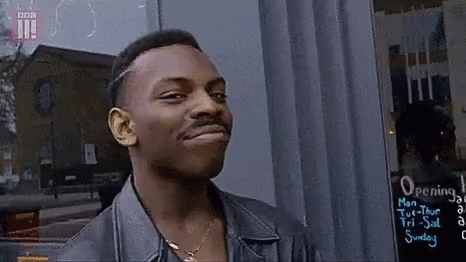Yo.

So last week we discussed how monetised and restriced Web 1.0, which lead onto the free and creative Web 2.0. But now let’s discuss how the internet is taking control of our lives and how machines will overthrow us in the future; that is Web 3.0.
Web 3.0 is an evolving concept, almost like how Artificial Intelligence (A.I.) is constantly intaking new knowledge that we give them and growing from it. This concept is very similar to Cookies. Have you ever messaged a friend about how much you’re craving KFC? And the very next day your damn Facebook feed is flooded with KFC advertisements? That is 3.0. When you sign up to several social media platforms, in the terms and conditions therein states that social media platforms are allowed to sell your information to third-parties for profit. Heck, even Google tracks where you go on Google Maps if you’re a driver then suggests routes closer to restaurants/petrol stations. It’s true, check the Google terms and conditions about location services.

But how does this relate to you? Well. I’ll let Eugene Siapera explain it from ‘Understanding New Media’; “The new element that points to a significant change in the media is that they are the result of a convergence between the computational logic characteristic of the computers and the communicative logic characteristic of the media (p. 5).” Simply put, we are able to spread information so much faster, as opposed to antiquated forms of print publications or via telegrams. You will be able to get the short story that someone was murdered off someone’s Facebook status, but logically you’ll get the interviews and full lab report off online publications or off Channel 7 news.
It’s important to denote that we humans partake in New Media. It not not A.I., aliens from the beyond, or ghosts on the computer. It us us humans. As any form of media represents the society’s culture at the time, our current culture could pertain to profiting off each other and continuing the plight of capitalism.

(I didn’t promise not to get political).
References;
Siapera, Eugene. Understanding New Media. SAGE Publications, London 2013.(pp.1-16 )













